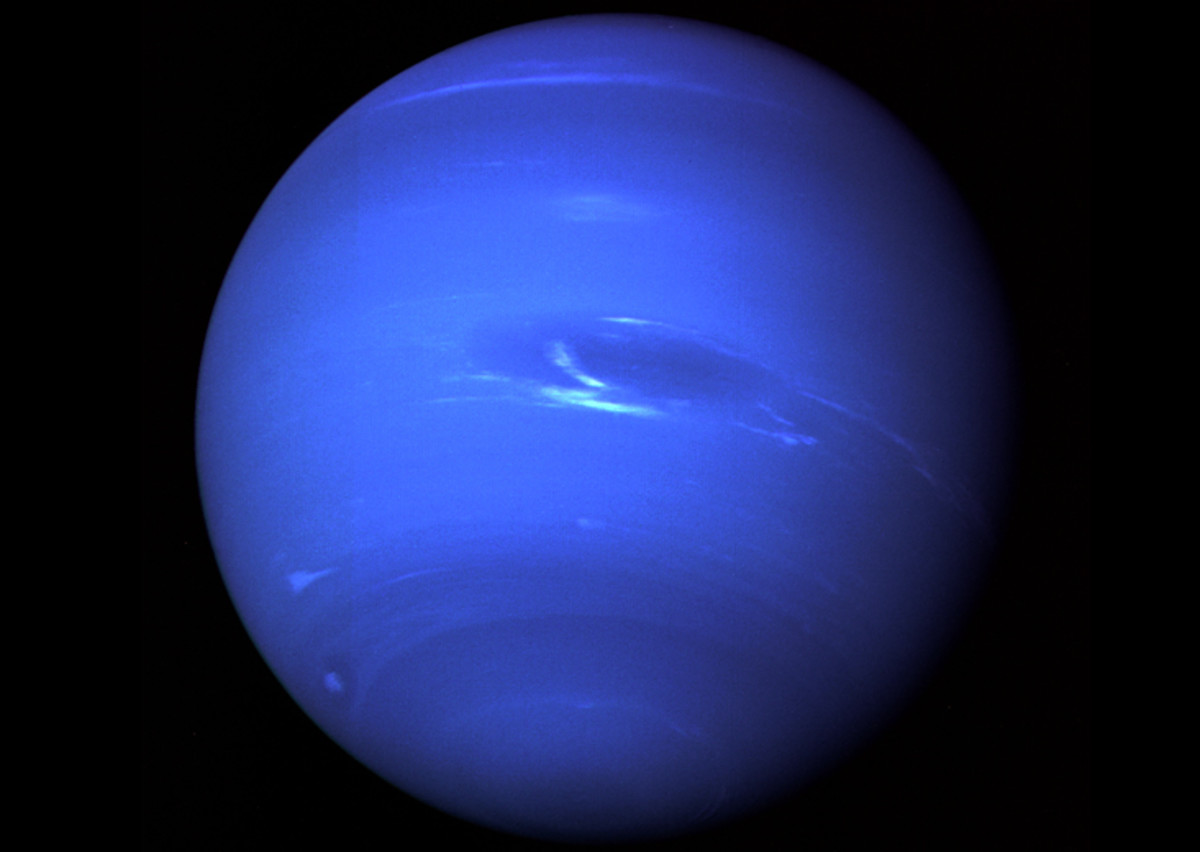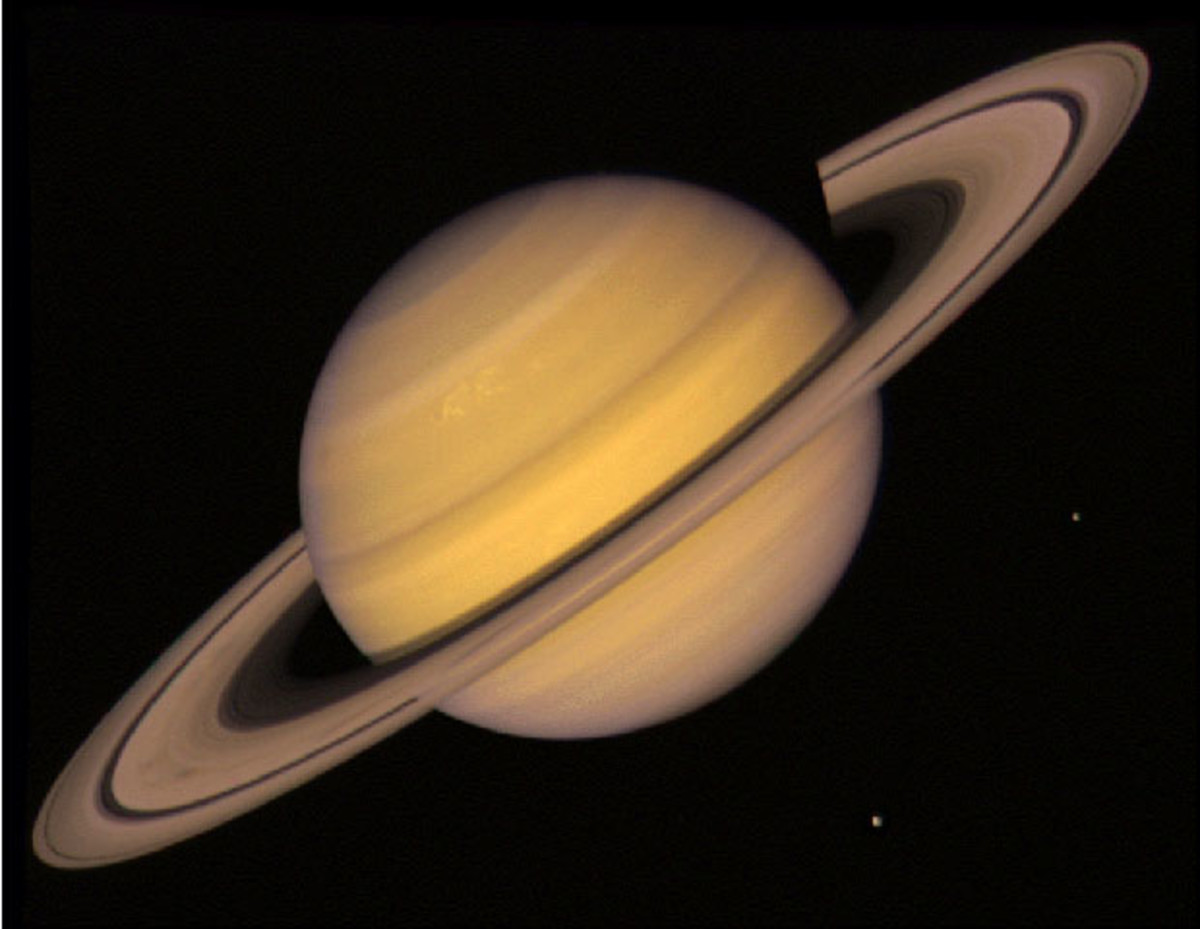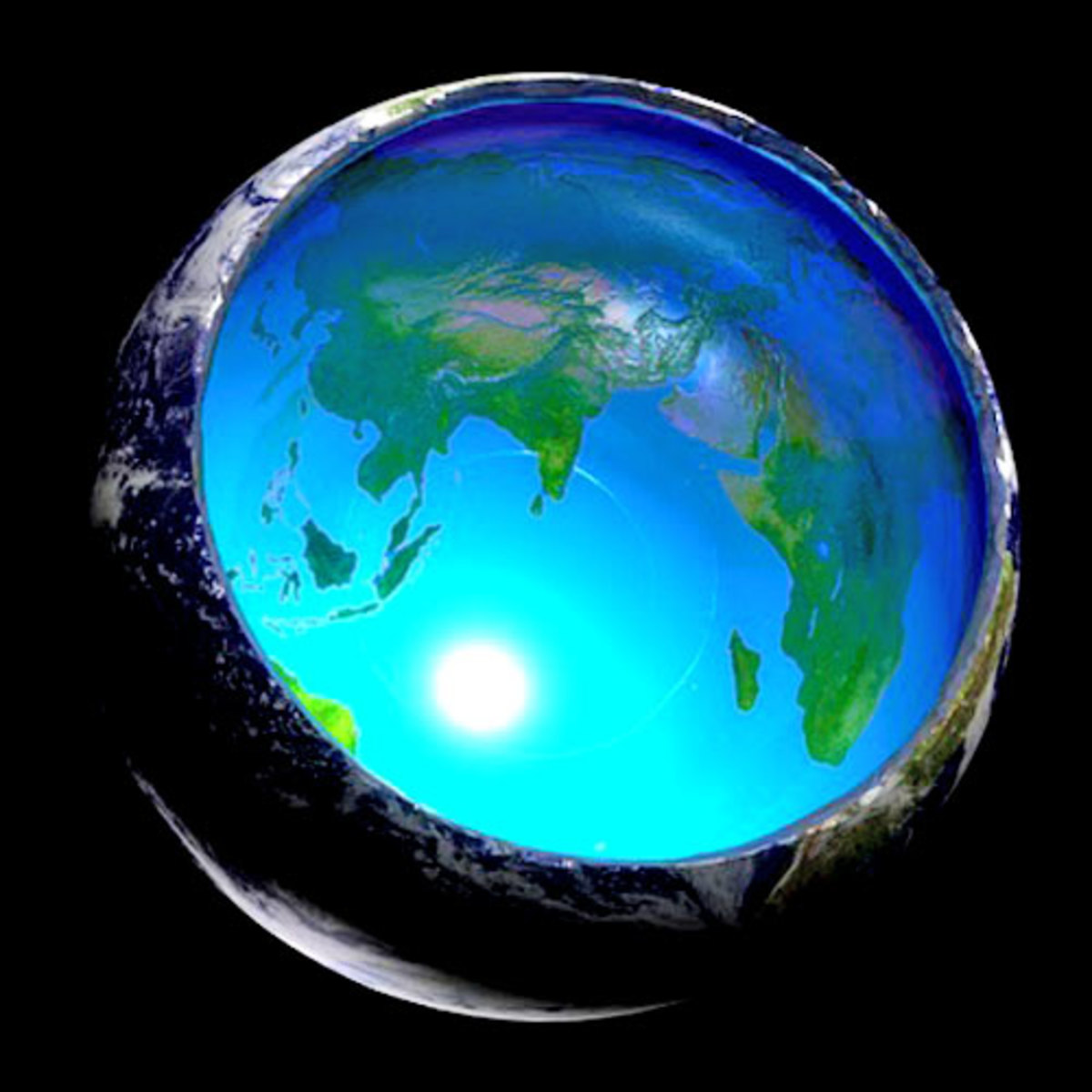The Planets in our Solar System
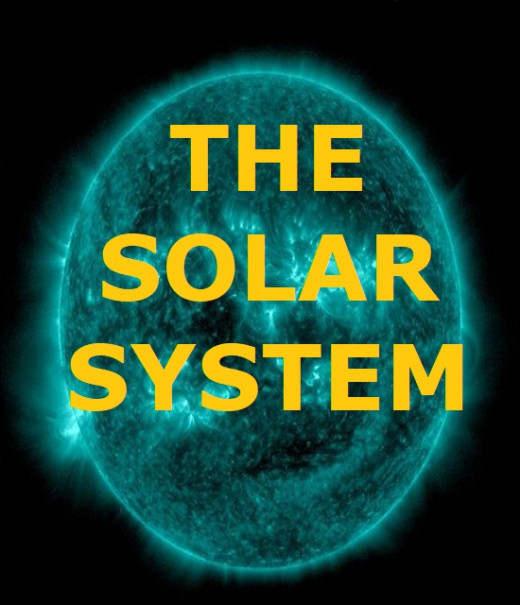
Contents
The Planets
Their Distances from the Sun
The Length of a Year
The Planets Rotation Period
The Planets Composition
Relative Size Compared to Earth
Number of Moons
Remembering the Order of the Planets
Planetary Names in Latin
The Systema Solaris Song (with Lyrics)
The Five Known Dwarf Planets
Credits
The Planets
What is a Planet? The International Astronomical Union in 2006 agreed that a planet must do the following three things:
● It must orbit a Star.
● It must be big enough to have enough gravity to force it into a spherical shape.
● It must be big enough that its gravity cleared away any other objects of a similar size near its orbit around the Sun.
The third definition resulted in Pluto being reclassified as a Dwarf Planet.
● All the Planets (except Earth) are named after Roman/Greek Gods and Goddesses.
The Sun
Obviously not a planet, but without the Star of the show and its intense heat and energy nothing would exist in this little part of the Universe.
● Surface temperature: 10,000 degrees Fahrenheit (5,538 Celsius).
● It is classed as a Yellow Dwarf Star.
● The Sun makes up 99.8% of the entire mass of the Solar System.
● The temperature at the core of the Sun is 27 million degrees Fahrenheit (15 million degrees Celsius).
● Each second the Sun converts 4 million tons of matter into pure energy.
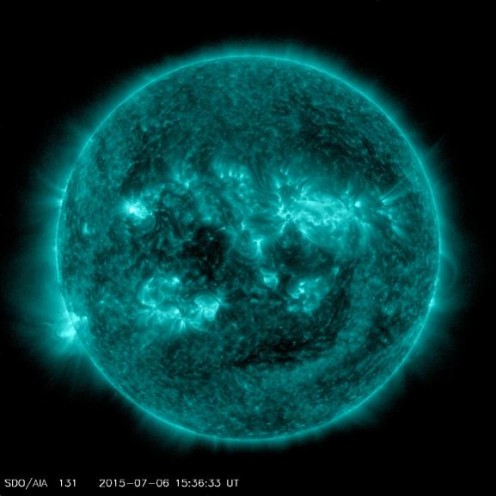
Mercury
● Despite being closest to the Sun Mercury is not the hottest planet that honour falls to Venus. This is due to Mercury not having any atmosphere to regulate its temperature.
● Mercury’s temperature can vary from 800 degrees Fahrenheit (427 degrees Celsius) on the side closest to the Sun to minus 279 degrees Fahrenheit (minus 173 degrees Celsius) on the opposite side.
● Mercury is named after the Roman Winged Messenger of the gods.
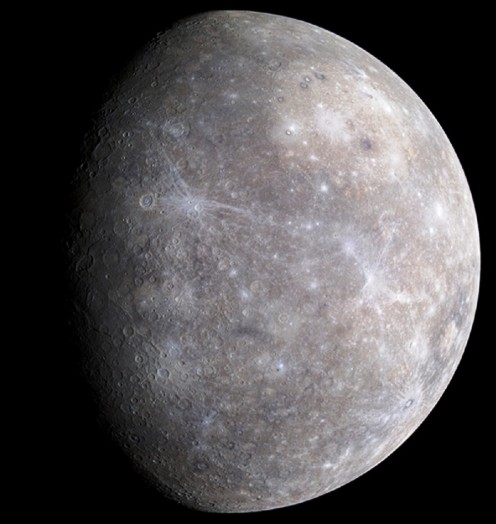
Venus
● Venus is the second brightest object in the night sky. The brightest being the Moon.
● It rotates in the opposite direction to most of the other planets.
● It is the hottest planet in the Solar System. It does not tilt on its axis and has a dense atmosphere of about 96% Carbon Dioxide which traps heat resulting in an average surface temperature of 864 degrees Fahrenheit (462 degrees Celsius).
● Venus is named after the Roman Goddess of Love and Beauty.
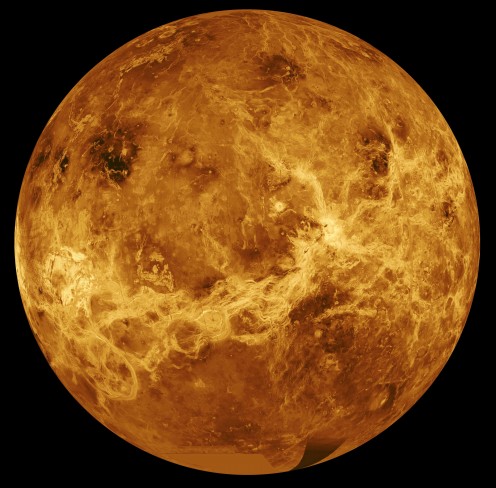
Earth
● The only planet not named after a Roman or Greek God or Goddess. Its name is a derivative of Old English and Germanic and means “ground”.
● Due to the Earth’s rotation slowing by around 17 milliseconds every hundred years in around 140 million years a length of a day will have increased to 25 hours.
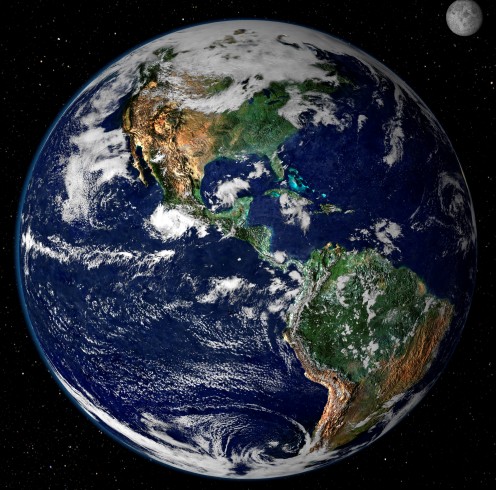
Mars
● Mars has the tallest mountain in the Solar System. Olympus Mons is 13 miles (21km) high and 373 miles (600km) in diameter.
● It also has the largest dust storms in the Solar System which can last for many months and cover the entire planet.
● It is thought that in the next 20 to 40 million years Mars’ largest moon Phobos will be ripped apart by gravitational forces and form a ring around the planet.
● Mars is named after the Roman God of War.
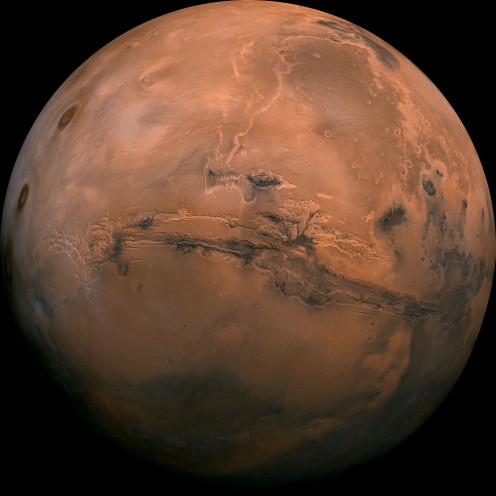
Jupiter
● The “Great Red Spot” on Jupiter is a massive storm that has lasted for between 185 and 350 years.
● One of its moons, Ganymede is the largest in the Solar System. It measures 3,273 miles (5,268km) across, which is larger than the planet Mercury.
● Jupiter is named after the Roman King of the Gods.
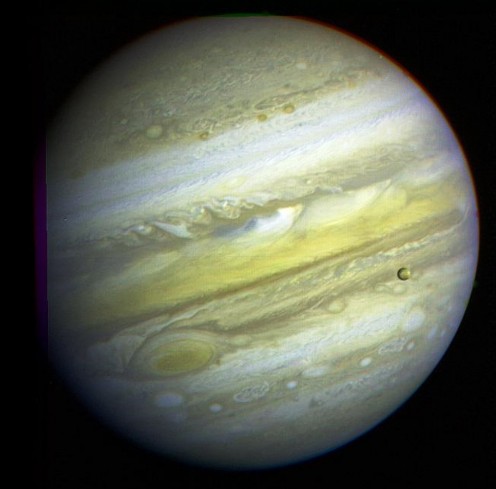
Saturn
● Due to its low density and fast rotation Saturn is the flattest planet.
● Mostly made out of chunks of ice and carbonaceous dust Saturn has the most extensive rings in the Solar System. Although they stretch out for around 78,914 miles (127,000km) they are only around 12.5 miles (20km) thick.
● It has 150 identified moons the largest being Titan and Rhea.
● Saturn is named after the Roman God of Agriculture.
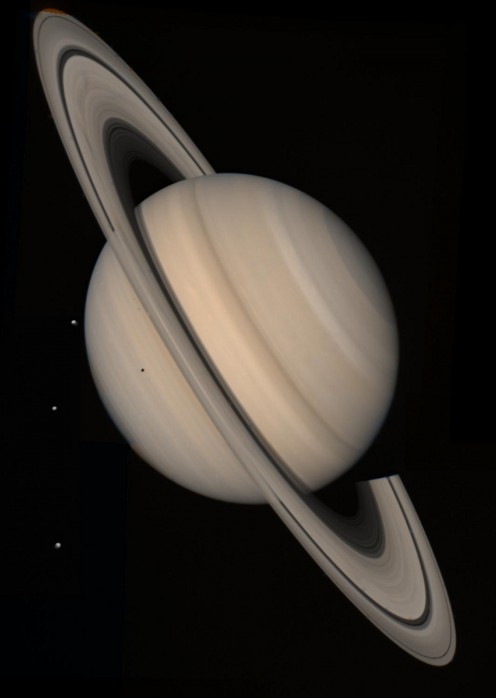
Uranus
● Like Venus, Uranus rotates in the opposite direction to most other planets.
● During its orbit around the sun (around 84 years) one or other of its poles point directly at the Sun and get about 42 years of direct sunlight.
● With a minimum atmospheric temperature of minus 371 degrees Fahrenheit (minus 224 degrees Celsius) it has the recorded coldest temperature of any planet.
● Uranus is named after the ancient Greek God of the Sky.
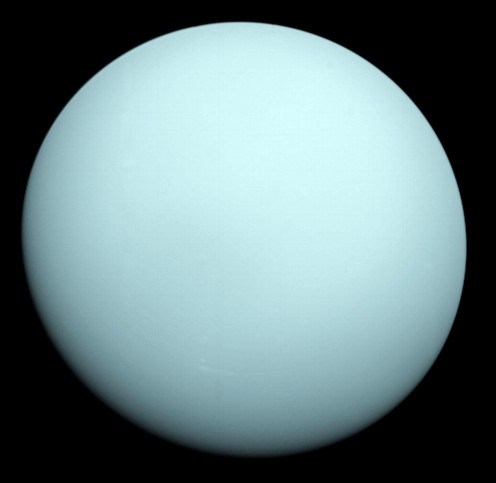
Neptune
●Neptune has a very volatile climate. Supersonic speed winds of around 600 meters per second (2,200km per hour or 1,300mph), the fastest recorded in the Solar System. It also had one of the largest storms ever seen “The Great Dark Spot” which lasted five years.
● Every 248 years Pluto moves inside Neptune’s orbit for roughly 20 years.
●Neptune is named after the Roman God of the Sea.
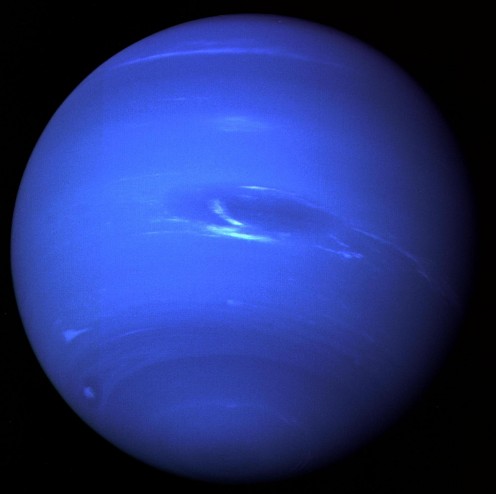
Their Distances from the Sun
● All planets have an elliptical orbit around The Sun so their distance varies depending on where they are in their orbit. Below are their average distances from The Sun between their closest and farthest ranges.
Planet (Million Miles)
Mercury 38
Venus 67
Earth 92
Mars 142
Jupiter 503
Saturn 935
Uranus 2 billion
Neptune 2.7 billion
The Length of a Year
● By using an Earth year as a measure of “1” then the length of a year of other planets is as follows;
Planet (Years)
Earth 1
Mercury 88
Venus 225
Mars 687
Jupiter 4,333
Saturn 10,759
Uranus 30,687
Neptune 60,190
The Planets Rotation Period
● By using one Earth orbit (a day) as a measure of “1” then the length of single complete orbit of other planets is as follows;
Planet (Rotation Period)
Earth 1
Mercury 58.6
Venus 243
Mars 1.03
Jupiter 0.41
Saturn 0.45
Uranus 0.72
Neptune 0.67
The Planets Composition
● The two biggest planets Jupiter and Saturn have almost the same chemical composition of The Sun.
Planet (Mainly Composed of)
Mercury Rock and Metal
Venus Rock and Metal
Earth Rock and Metal
Mars Rock and Metal
Neptune Ammonia and Methane
Uranus Ammonia and Methane
Saturn Hydrogen and Helium
Jupiter Hydrogen and Helium
Relative Size Compared to Earth
● The Sun has a diameter 109 times larger than earth.
Planet (Relative Size)
Earth 1
Mercury 0.4
Mars 0.5
Venus 0.9
Neptune 4
Uranus 4
Saturn 9.4
Jupiter 11
Number of Moons
● A natural satellite (celestial body) that revolves around a planet.
● How many moons has each planet got?
Planet (Number of Moons)
Mercury 0
Venus 0
Earth 1
Mars 2
Neptune 14
Uranus 27
Saturn 53
Jupiter 69
Remembering the Order of the Planets
● Some people find using mnemonics a good way to remember the order of things or items. If it works for you then to remember the order of the planets outwards from the sun use;
● My Very Early Morning Jog in the SUN
Mercury, Venus, Earth, Mars, Jupiter, Saturn, Uranus, and Neptune
Planetary Names in Latin
English Name (Latin Name)
Mercury Mercurius
Venus Venus
Earth Terra
Mars Mars
Jupiter Jupiter
Saturn Saturnus
Uranus Uranus
Neptune Neptunus
Sun Sol
Solar System Systema Solaris
Planet Planeta
The Five known Dwarf Planets
● Dwarf planets are like other planets as they have enough gravity and mass to be almost round.
● The five known dwarf planets are Ceres, Pluto, Haumea, Makemake, and Eris.
● Ceres is located inside the Asteroid Belt between the orbits of Mars and Jupiter.
● The others are in the Outer Solar System close to the Kuiper Belt.
Ceres
● Ceres is the closet Dwarf Planet to the Sun and the only one found in the Inner Solar System.
● It is named after the Roman God of Agriculture. The equivalent name in Greek Mythology is Demeter.
Pluto
● In 2006 Pluto was declassified as a planet and became known as a Dwarf Planet.
● It is named after the Roman God of the Underworld. The equivalent name in Greek Mythology is Hades.
Dwarf Planet Pluto
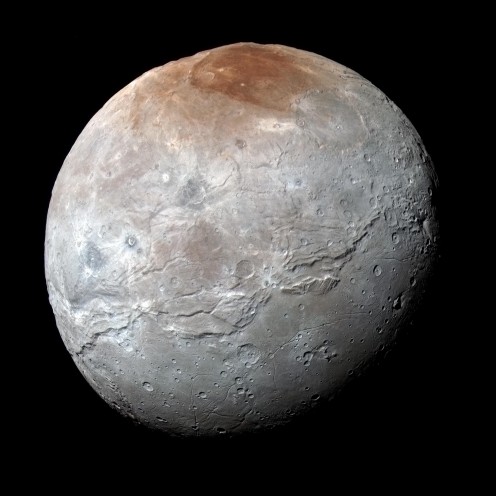
Haumea
● Haumea is located beyond the orbit of Neptune it is the third closet Dwarf Planet to the Sun.
● It is named after the Hawaiian Goddess of childbirth.
Makemake
● Makemake is the only Dwarf Planet in the Outer Solar System that does not have a moon.
● It is named after the Chief God in the Rapa Nui Mythology of Easter Island. Who is the creator of humanity and the god of fertility.
Eris
● Eris is located farthest from the Sun. Its mass being 28% larger than Pluto it was once being considered as the tenth planet in our Solar System.
● It is named after the Greek Goddess for Strife and Discord.
● It has one moon which is called Dysnomia the Greek Goddess for Lawlessness who is the daughter of Eris.
Credits
A big thank you to NASA Science for the stunning pictures of the planets. NASA alone owns the copyright to these images.
Suggested Further Reading
© 2018 Brian OldWolf



